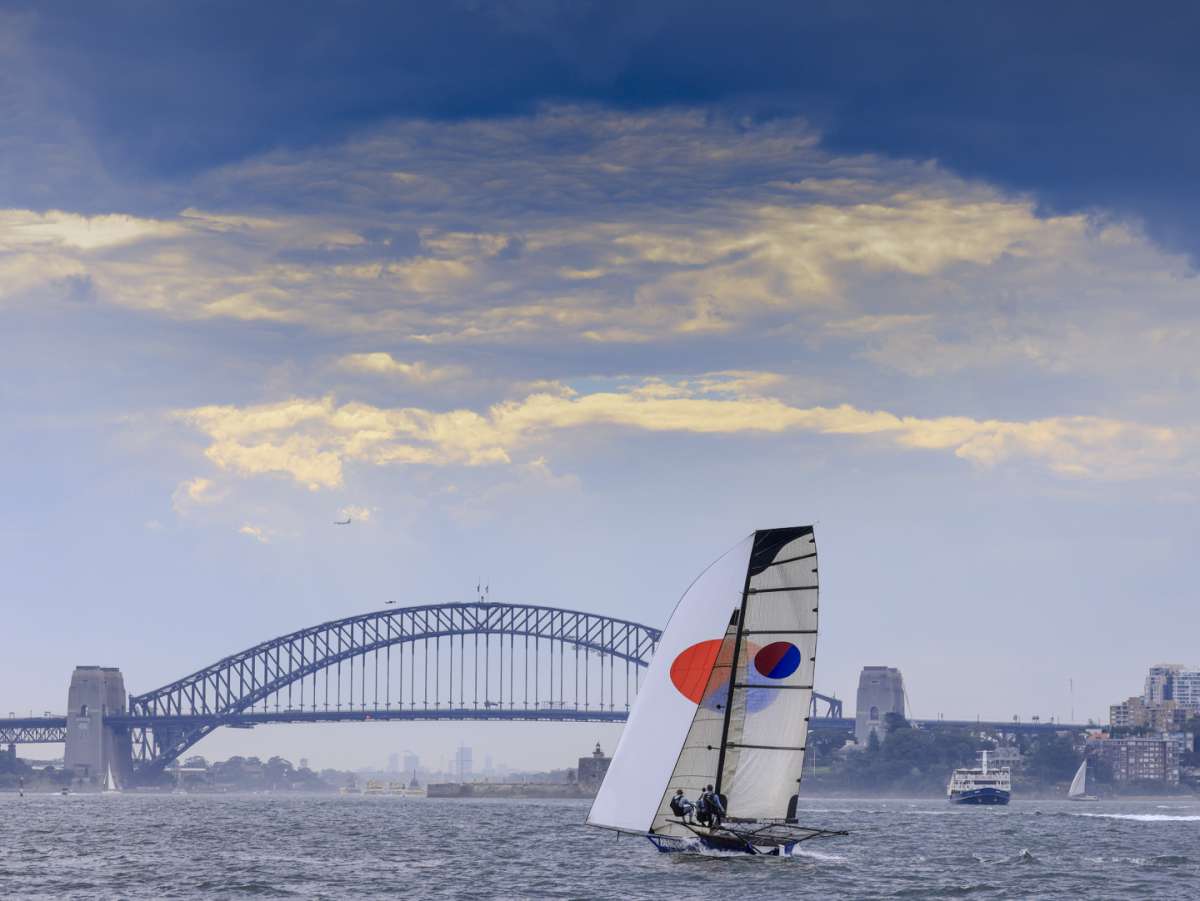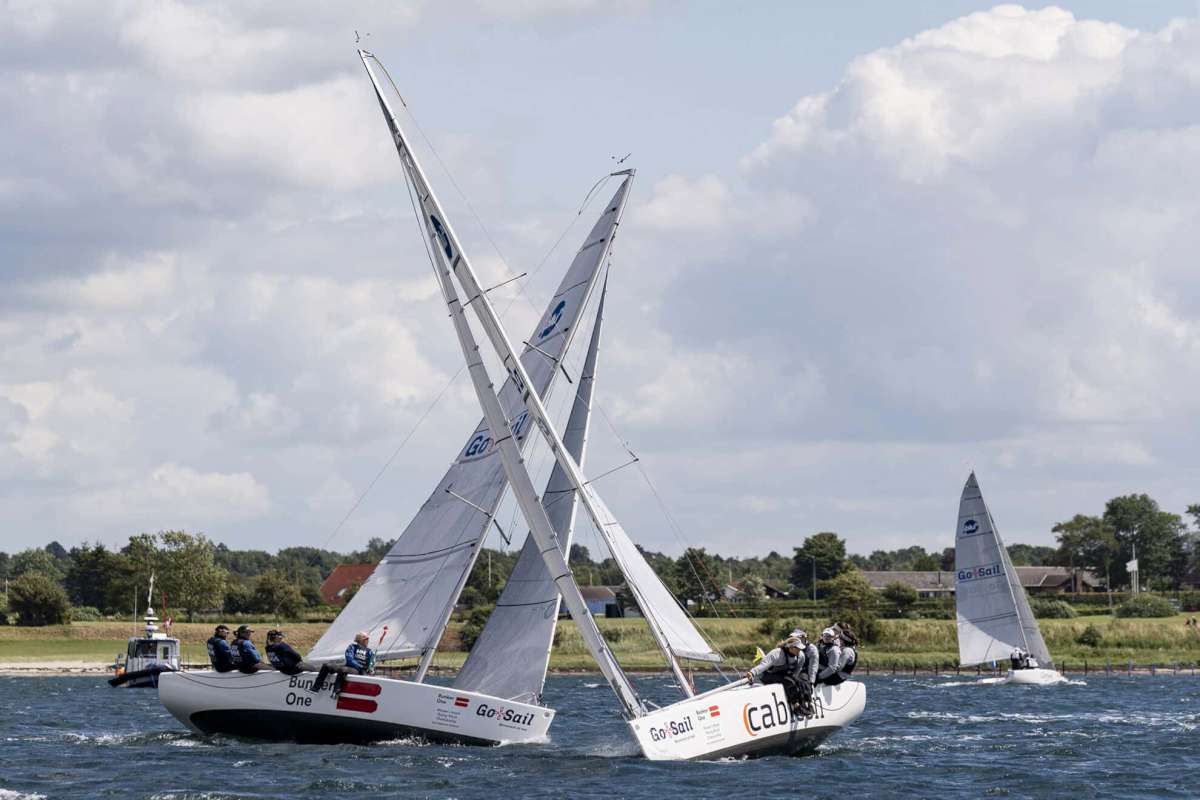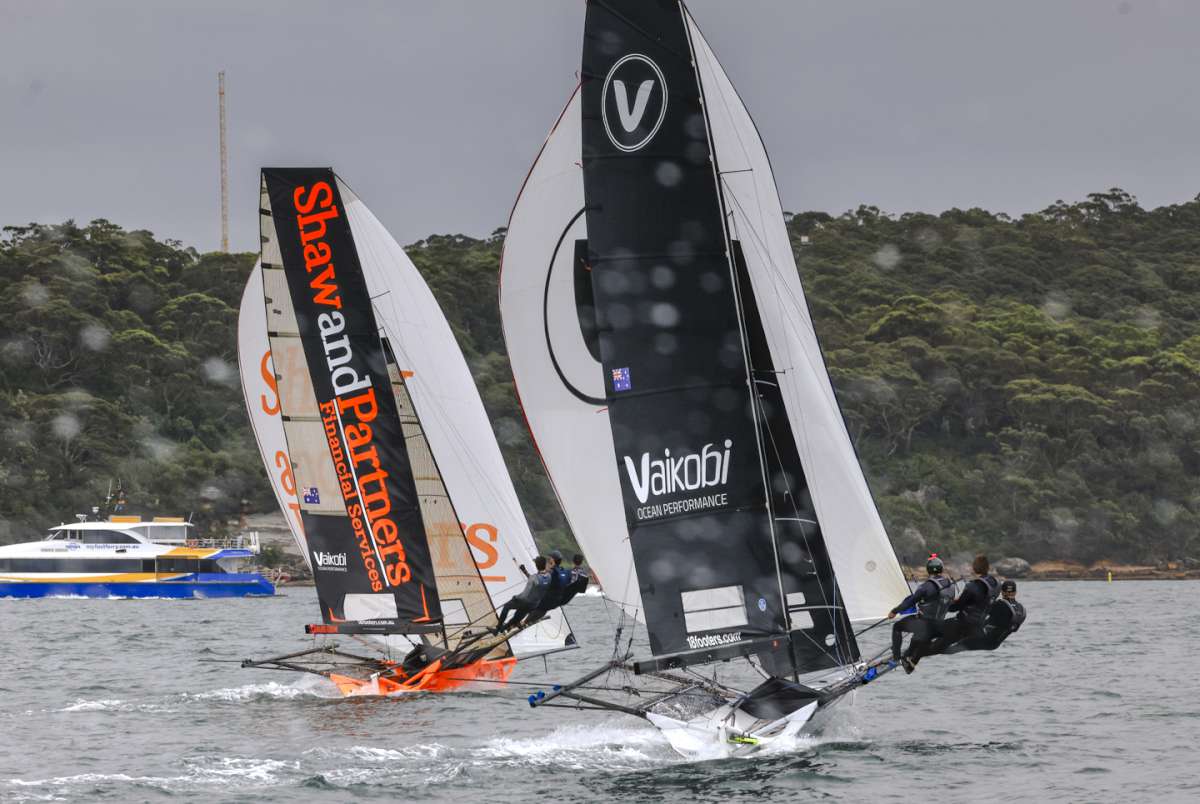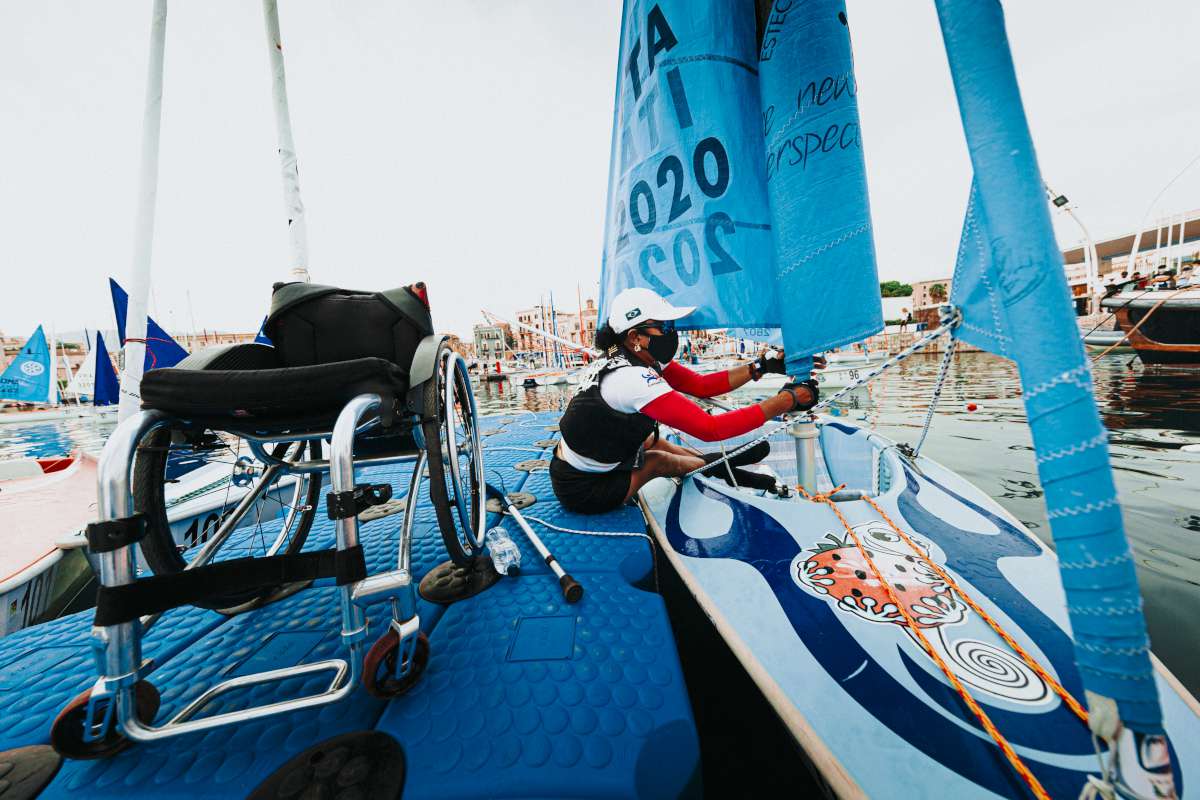A nice romantic title, but if you are expecting a Mills and Boon story better keep on looking.
Light, in this instance, is sunlight and how we can turn it into electricity. Romance is often described as “electric” but I am yet to understand how this sensation can be used to charge a battery. But we must live in hope.
Solar panels however, have been around for quite some time and the good news is they keep getting cheaper and more efficient. What would have set you back a king’s ransom, well perhaps a lesser bureaucrat, ten years ago is now very affordable.
An example close to my heart, (there’s that romance again) are the two 100 watt panels I bought in 2004; these beauties cost nearly US$1000 each at a sale.
I recently replaced them with two 250W panels and a 40 amp controller, more on these later, for about US$750. More than twice the power for less than half the price. All were polycrystalline, again more later for those of you who are wondering. So to the details.
Types of panel
Three major types of solar panel are available to the ordinary sailor and these vary somewhat in efficiency and price. The relationship is clear, the more efficient the panel the higher the price which is generally in line with capitalist doctrine; summon Karl Marx at your next séance and ask him, no need to take my word for it.
The main varieties we see on cruising boats are: monocrystalline, polycrystalline and amorphous silicon. The last sounds the most romantic but is, in fact, the least electric of its sunny soul mates.
Monocrystalline panels will provide the best power to size ratio as these loyal companions have cells fabricated from a single piece of silicon producing the highest power possible in good conditions.
Note the ‘good conditions’ disclaimer. Partially shade these panels and output falls dramatically so location and installation is crucial.
Polycrystalline panels are made of numerous smaller chips of silicon bonded into each cell. Not as efficient as its mono brothers but in ideal conditions they are a little more shade tolerant, so will not pack up the toys and go home if the backstay casts a line of shadow.
The amorphous silicon type have the active, electricity-producing material sprayed on in manufacture. While the least productive in a size-to-power ratio, it has the greatest ability to keep producing some power in poor solar conditions or partially shaded situations.
Should you have a contact at NASA and a box of money you could get panels that would far exceed the performance of the units mentioned above, up to 40 per cent efficient or more. For we basic types, current commercial panels run at about 15% efficiency or higher.
Ratings
How much power we need will largely determine the size of a solar array.
Given that these days it is not uncommon to have DC refrigeration and a separate DC freezer, power consumption can be quite significant. Refrigeration is nearly always the major consumer of electricity on a boat and, given the allure of cold beer, fresh food and the romantic connotations of such, most people are prepared to go to almost any length to obtain the required electricity.
Assuming an average DC air cooled refrigeration unit uses four amps of power when operating and undergoes a 50% run cycle, (4×24 hours/2), 48 amp hours of power will be drawn from our batteries. Double that to run the freezer and we have sucked 96 amp hours just for refrigeration.
These figures will vary significantly from boat to boat however, as some efficient, well insulated and installed units will use less; some waterlogged and aging numbers will use much, much more. Add about 50% to the figure for other usage and we may be getting close to a self sufficient figure.
The point here is it is impossible to have too much electricity, (as long as the system is regulated, more later). Too little and we are back to running the engine for those cold beers.
So we have a speculative figure of 144 amp hours required per day to keep our show on the road. This means we need panels to replace the consumed energy on a daily basis which should be easy enough but, if the weather changes, output is greatly affected.
Cunningly, panels are rated at near perfect conditions, ‘insolation’ is the term and it broadly refers to the energy producing conditions required to obtain the rated output marked on your panel. Hence, a 100W panel might achieve this output in cool, sunny conditions with a perfectly aligned sun, maybe the summer solstice in Antarctica?
This reminds me of the way pumps are rated, buy a 2000 gallon per hour bilge pump and it will achieve this only with 13.6 volts at the pump with zero head or hose!
Typically, this ideal rating marked on the solar panel will be reduced by 20% or so in the real world application of our boat. Most of us sail in places that are less than ideal for solar production; panels like it cool, take them to the tropics and production falls off significantly. Check out the break box on ratings and see what I mean, but in short if you need 300W of power to light up your life then 400W or 500W is what you need to buy.
So we have selected the panel type and size conservatively, gone for a panel with a reasonable ratio of efficiency, price and size, all that is left is to get them up and stare adoringly at the voltmeter.
Getting them up
Most established cruising boats will have a panel or two installed and this usually means an arch or frame of some description to hold them. This can easily be the most expensive part of the whole exercise.
Stainless steel and its fabrication are not cheap but this is arguably the best long term and least headache solution. Incorporate dinghy davits into this arch and some serious money will be spent; for some considerable convenience of course and may well be a good investment.
Some vessels are unable to carry an arch or already have one that is full of panels but still want more power; panels mounted on the push pit rail that flip out are reasonably common. These can be secured in a vertical position when underway and raised to horizontal when needed.
Nice system if properly done but it generally means your reasonably expensive panels are exposed to accident damage, so park the boat slowly and well. This system also requires solid, generally stainless steel tube, rails for a significant length to allow for the panel mounts. Many vessels have wire lifelines that will need to be replaced with tube and, depending on the boarding arrangement, might be complicated to get right.
Other boats may have a bimini fitted and it might be possible to beef this up a bit to allow the panels to mount
on top.
Catamarans often have a lot of coachhouse roof space and it is common to see panels mounted there despite the potential for shading from the boom in some cases.
Innovation is the key and cruising sailors have been good at this for a very long time.
Must maintain control …
So we are now the proud owners of many hundreds of watts of sunny electricity and look forward to the unlimited bounty of free energy and the cooling beverages that they will produce on demand.
But wait, there is more.
Our mates the panels will lovingly bring forth the promised bounty and keep on bringing forth without considering where it is going or what are the potential consequences of too much love. So we need a regulator; this helpful device will control our panels and prevent the batteries from being destroyed in quick fashion by excessive voltage.
Many solar panels in a 12 volt system have a peak power voltage of around 17 volts (double for 24). But it will open-circuit, this means left to their own devices, around 19v.
Consider you have a solar array and it is unregulated, you are motoring on a sunny day and the batteries are pretty much fully charged. The engine alternator will cut back the current to zero when it senses the batteries are done, but the solar panels will keep on keeping on and batteries can not tolerate too much love in the form of high voltage.
So regulation is needed and there are numerous types of regulators currently and affordably available.
The main choice is between multi-point power tracking (MPPT) and pulse width modulation (PWM) units.
The MPPT regulators control the panels output to largely conform to the panels best performing voltage, which will maximise the current produced. For example a 100W panel at 19v produces 5.26 amps to the battery. The same panel at 17v supplies 5.88 amps to the battery; a small but worthwhile hourly increase.
PWM units control the input and prevent the batteries from over-charging. Just the same as MPPT: not quite as efficient, but considerably less expensive.
Each of the types will have various functions and settings to conform with the battery type present and can transfer unused power when the batteries are fully charged to another function if desired and practical. Although I have not been able to see the point.
Different models will offer varying levels of programmability and reporting, some will have useful displays of battery voltage and current input. Remote displays for these functions are often available as an option if not fitted. Many controllers will automatically sense and accept either 12 or 24 volt systems.
Conclusion: free market economics are not for solar installations and must be controlled; which is something else you can ask Karl Marx.
Series or parallel?
If you have numerous solar panels up or going up you need to consider the question: should the panels be wired in either series, (increases the voltage to the controller) or parallel (which increases the amperage)?
Each have benefits and pitfalls. As mentioned many panels have a peak power point of around 17v, typically found in units with 36 cells, panels with less cells than this will be marginal on a boat unless wired in series. Let us say you have five panels, does not matter how big, wire them in series to create a system voltage of 85v going to the regulator which is quite possible.
The benefit of this installation is the higher voltage will result in less losses. Smaller, less expensive and easier to run cable can be used and some people reckon MPPT units will perform marginally better with the higher voltage. Downside is 85vDC will seriously and potentially permanently, affect your love life if you get
a boot.
Parallel installation will arguably be less efficient and require larger cable, but voltage is kept at a less painful level.
Other panels are available with 54 cells and these beauties run at around 30v, so putting a few of these in series quickly gets the voltage into defibrillator territory.
So, until romance can charge a battery, solar panels might be our best shot.

























